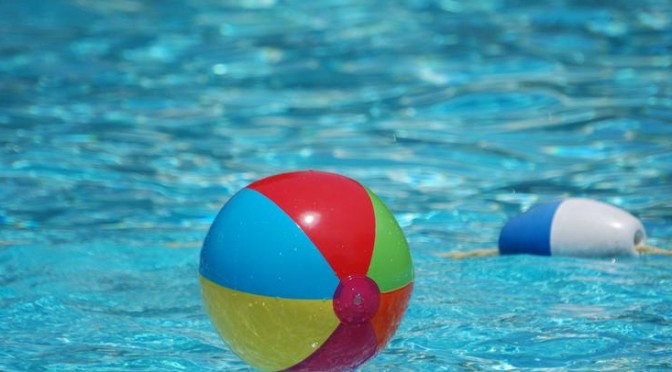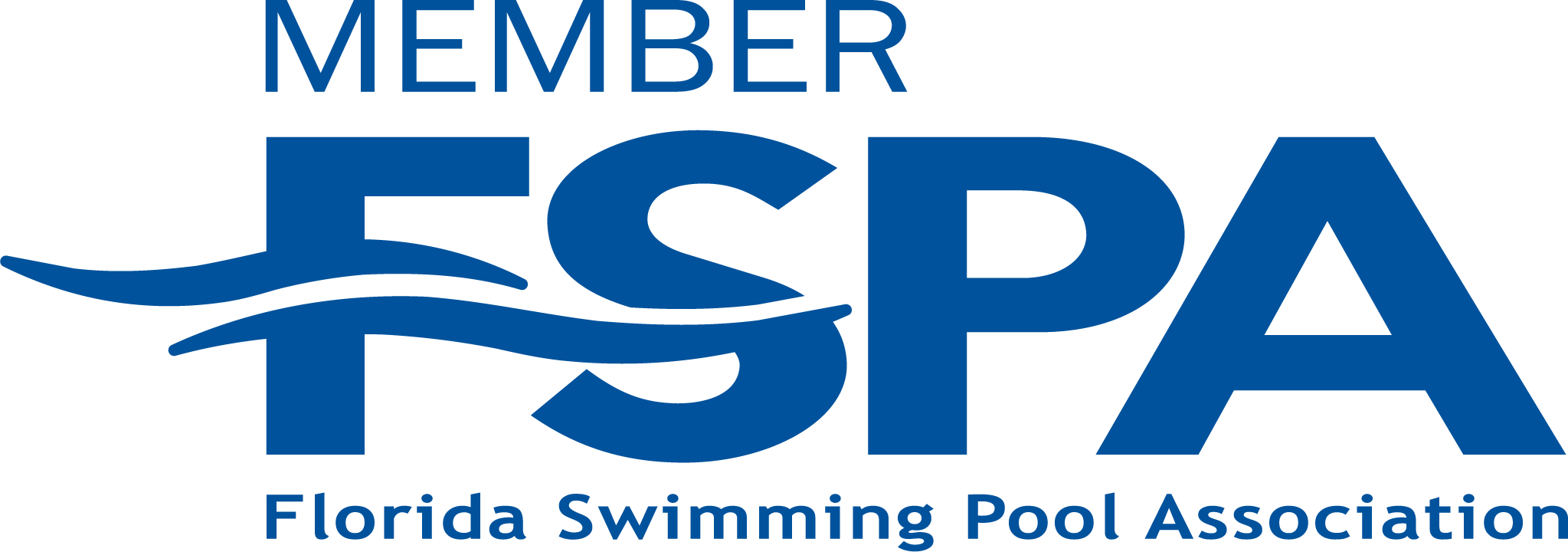By Mickey Sigmon, Pool Pro, Inc. / poolproinc@yahoo.com
Swimming pool season in Florida is year round as water temperatures only vary slightly from month to month. On the service side of the pool industry, the “winter” months provide the opportunity to get caught up from the busy fall season, experiment with new ideas, and plan our spring/summer attack for algae season – the poolkeeper’s nemesis.
Algae can sneak up on even the most diligent pool professional at the first sign of rising water temperature. The problem usually starts in the shaded, southern side of the pool. It can take days or even weeks to deal with this mess. It’s no picnic.
There is hope, however. A few simple preventive measures can reduce or eliminate our algae woes before they even begin. These three simple tips will save you time and money to enjoy springtime (and maybe even visit a few of those lush, green fairways).
- Change your pool filter. Algae grows in cold, dark filter canisters at night and is dispersed into the pool when the pump activates the following morning. Remember, a dirty filter makes a dirty pool. Make sure to clean it at least once a month.
- Brush tiles and walls at least once a week. This practice releases algae from its base preventing further growth. The chemically balanced pool water will finish the job before the pesky algae is sent to its watery grave in the pool filter.
- Test your water for phosphates. The magic number for phosphates is 0.0. If you have anything higher, you will grow algae. Phosphates are for lush, green fairways not sparkling, blue pools.





